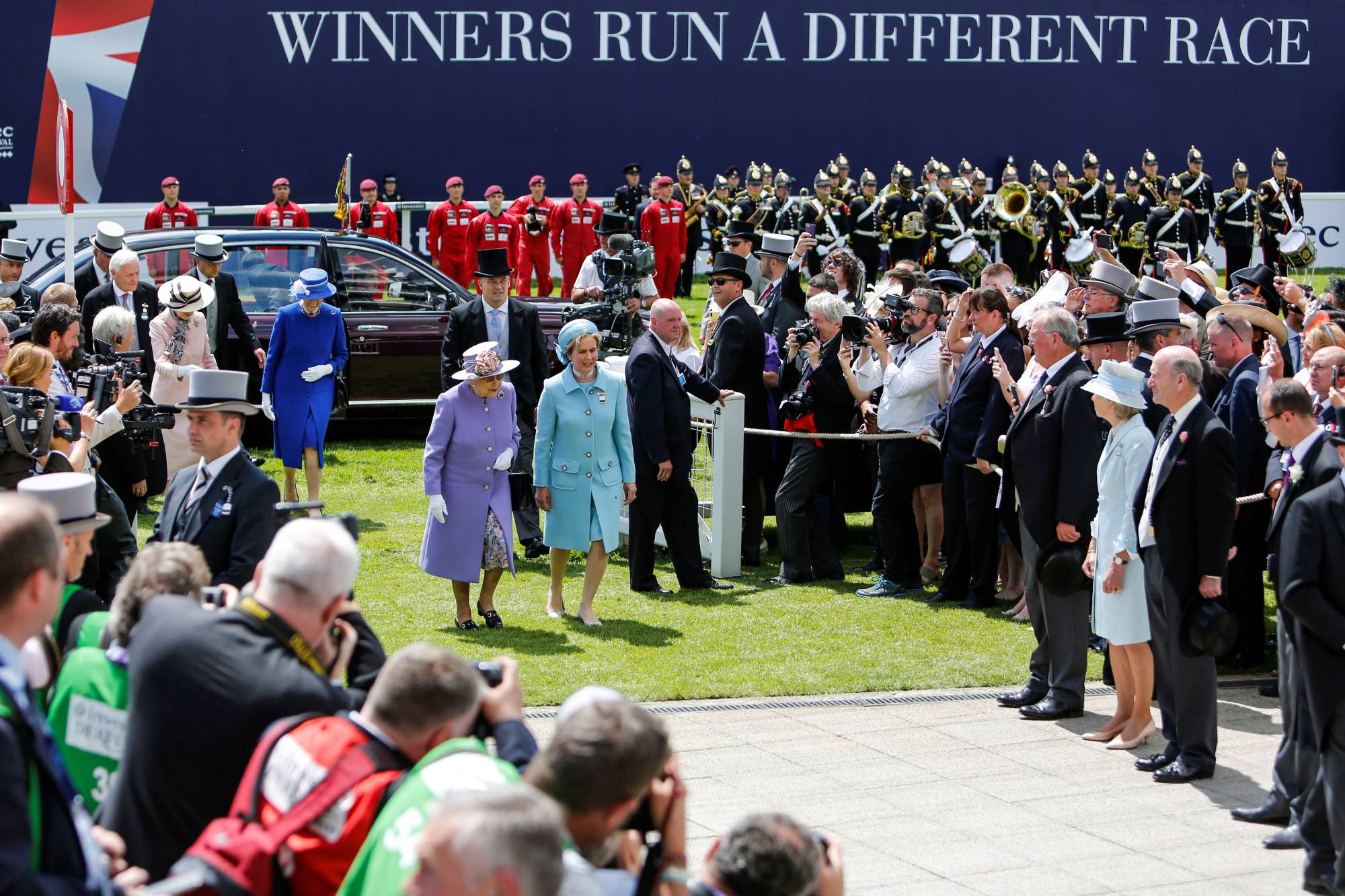With the death of Queen Elizabeth II on Sept. 8, the horse race in Japan that bears her name will take on a deeper meaning this year. Different countries stage their own Queen Elizabeth II Cup races at different times of year, but in Japan the race is traditionally held in November. Although the name of the race was to contain the words “Platinum Jubilee,” out of respect for the late monarch this will no longer be a part of the title.
Going back to 1970, the race was originally known as the Victoria Cup, and was held under that name until 1975. That same year, Queen Elizabeth visited Japan, becoming the first British head of state to do so. As part of the gestures to commemorate her visit, the race became known as the Queen Elizabeth II Commemorative Cup in 1976. The race was originally for 3-year-old fillies only, and run over 2,400 meters at Kyoto Racecourse, being the final leg of three Group 1 races for fillies that included the Oka Sho (Japanese 1000 Guineas) and the Japanese Oaks earlier in the year. The format was changed in 1996, when the Shuka Sho race was introduced exclusively for 3-year-old fillies, thus allowing the Queen Elizabeth Cup to expand to include older fillies and mares. The distance was also shortened to 2,200 meters at that time, and was opened to horses from overseas in 1999.
It also became part of the Japan Autumn International Series, which includes the Japan Cup, in 2008. In 2013 the name of the race simply became the Queen Elizabeth II Cup, and there have been no further changes since.


















With your current subscription plan you can comment on stories. However, before writing your first comment, please create a display name in the Profile section of your subscriber account page.